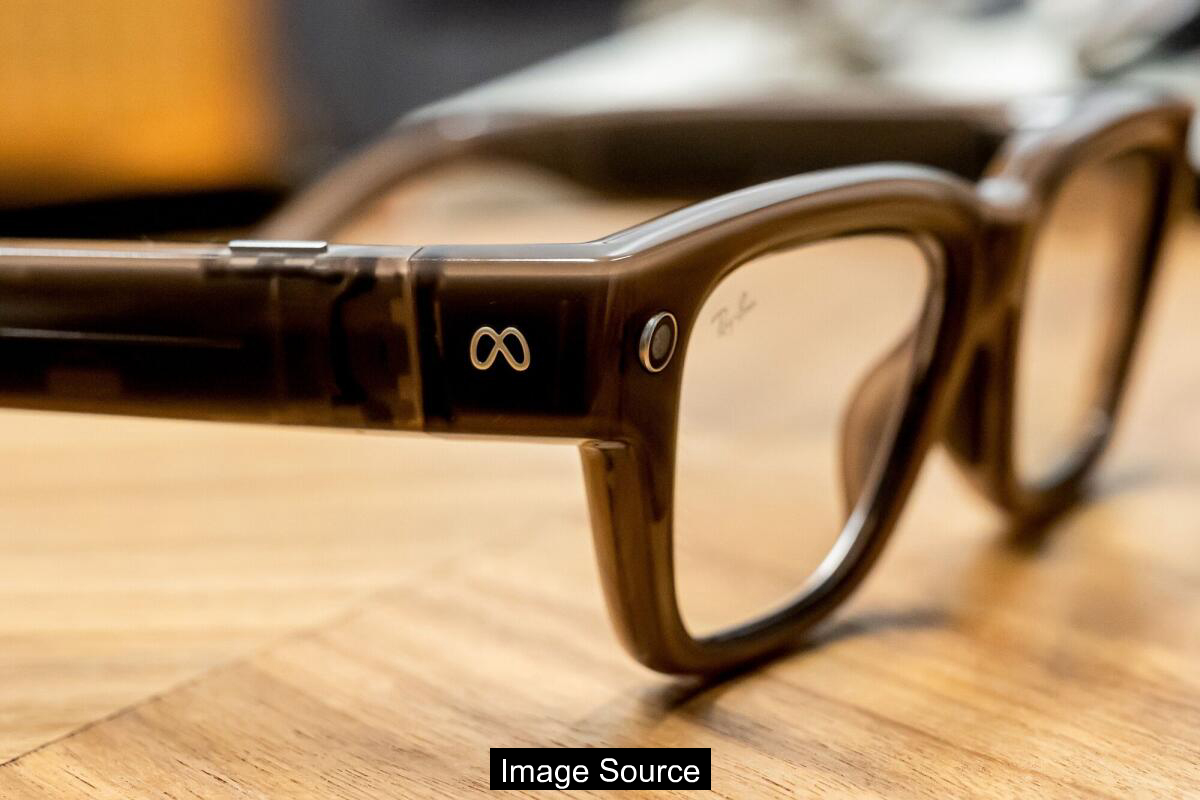Apple has temporarily halted development of a potential Vision Pro redesign as it accelerates efforts to compete in the emerging augmented reality glasses market. The technology giant is reportedly prioritizing a lightweight, AI-powered eyewear project that could challenge existing competitors like Meta and potentially redefine personal computing interfaces.

Apple’s Strategic Pivot to Smart Glasses
Apple has dramatically shifted its hardware strategy, pausing development of a more affordable Vision Pro headset to accelerate smart glasses technology. The company is now focusing on two distinct glasses models targeting a 2027 release, signaling a significant strategic realignment in its augmented reality ambitions.
The first model, code-named N50, will pair with iPhones and lack an independent display. The second version will feature its own display, potentially challenging Meta’s Ray-Ban smart glasses. This pivot reflects Apple’s recognition of the emerging market for wearable AI-powered devices.
By redirecting resources toward smart glasses, Apple acknowledges the limitations of its current Vision Pro headset. The $3,499 device has struggled with high pricing, substantial weight, and limited content availability, prompting leadership to explore more consumer-friendly alternatives.
Technology and Design Considerations
Apple’s smart glasses will emphasize voice interaction and artificial intelligence as core functionalities. The devices are expected to include speakers, cameras, and advanced voice-control features that integrate seamlessly with connected smartphones.
The glasses will likely come in multiple styles and run on a new custom chip. Apple is also exploring health-tracking capabilities, potentially positioning the device as a multifunctional wearable beyond traditional communication and media consumption.
Voice interaction remains a critical challenge, given Apple’s historically mixed performance with Siri. The company is rebuilding its voice assistant platform, with potential upgrades planned as early as March, to support these next-generation devices.
Market Context and Competitive Landscape
The smart glasses market is becoming increasingly competitive, with major tech companies like Meta, Amazon, and Google racing to develop AI-powered hardware. Meta has already found success with its Ray-Ban smart glasses, launching initial and improved versions in 2021 and 2023.
Other players are also entering the arena. OpenAI has enlisted former Apple design leader Jony Ive to create a new collection of gadgets, signaling the strategic importance of wearable technology across the tech industry.
Apple’s approach differs from competitors by emphasizing integration with existing ecosystems and potentially offering more sophisticated AI capabilities. The company’s long-term vision suggests a gradual transition from enclosed headsets to more lightweight, socially acceptable wearable devices.
Understanding Smart Glasses Technology
Smart glasses represent an emerging technology bridging digital interaction and physical reality. Current models offer features like camera recording, audio playback, and basic augmented reality experiences.
The technology faces several challenges, including battery life, design aesthetics, privacy concerns, and seamless user experience. Successful implementations must balance technological capabilities with user comfort and social acceptability.
Key considerations for smart glasses include lightweight design, intuitive controls, robust battery performance, and meaningful AI integration that enhances rather than disrupts user interactions.
Common Questions About Smart Glasses
Potential users often have questions about the practical applications and limitations of smart glasses. Understanding the technology’s current capabilities and future potential helps set realistic expectations.
One frequent inquiry concerns privacy implications. Smart glasses with cameras and recording capabilities raise legitimate concerns about consent and personal boundaries. Manufacturers must develop clear ethical guidelines and technical safeguards.
Another common question relates to battery life and daily usability. Current smart glasses models typically offer limited operational time, requiring frequent charging and potentially limiting their practical everyday use.
Future Outlook
Apple’s strategic pivot toward smart glasses signals a potentially transformative approach to personal computing. By prioritizing lightweight, AI-integrated wearables, the company is positioning itself at the forefront of a potentially revolutionary technology.
The development of smart glasses represents more than a product launch—it’s a fundamental reimagining of how humans interact with digital information. Successful implementations could gradually replace smartphones as the primary personal computing interface.
While challenges remain, Apple’s commitment and resources suggest a serious, long-term investment in this emerging technology. The next few years will be critical in determining whether smart glasses become a mainstream consumer product or remain a niche technological curiosity.
※ This article summarizes publicly available reporting and is provided for general information only. It is not legal, medical, or investment advice. Please consult a qualified professional for decisions.
Source: latimes.com